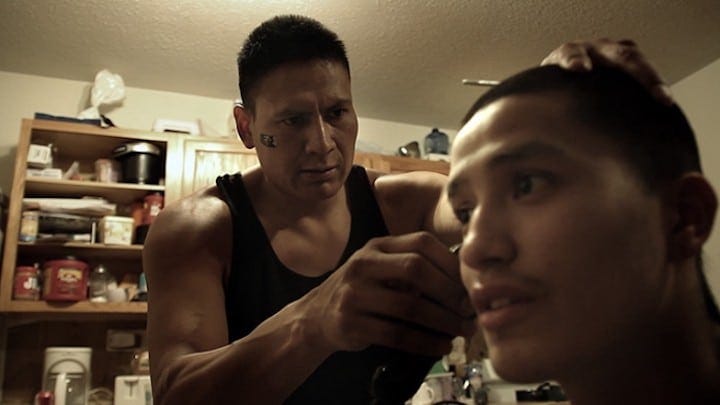‘The Seventh Fire’ Leads an Essential Series on Native American Documentary

The Seventh Fire, the debut documentary from Jack Pettibone Riccobono, is a stylistically ambitious portrait of life lived on the American fringe. His subjects are two Ojibway men living on the White Earth Indian Reservation in Minnesota, both of them caught by the combined forces of drug addiction and the criminal justice system. Gang leader Rob is on …
Keep reading with a 7-day free trial
Subscribe to Nonfics to keep reading this post and get 7 days of free access to the full post archives.



